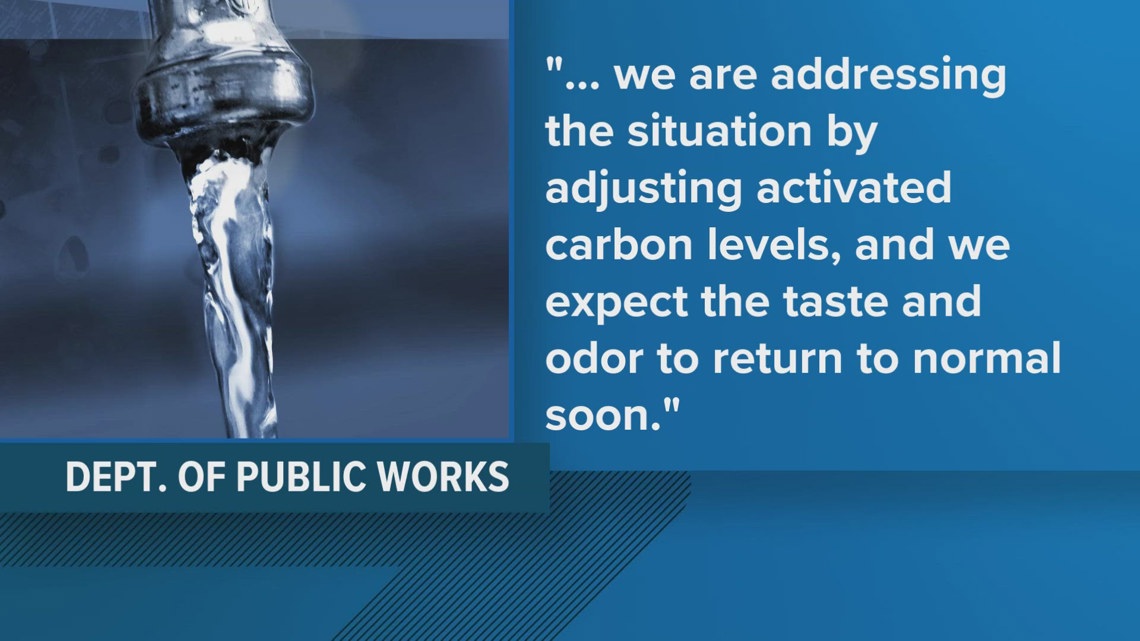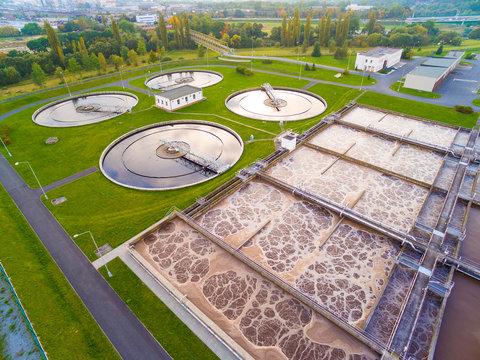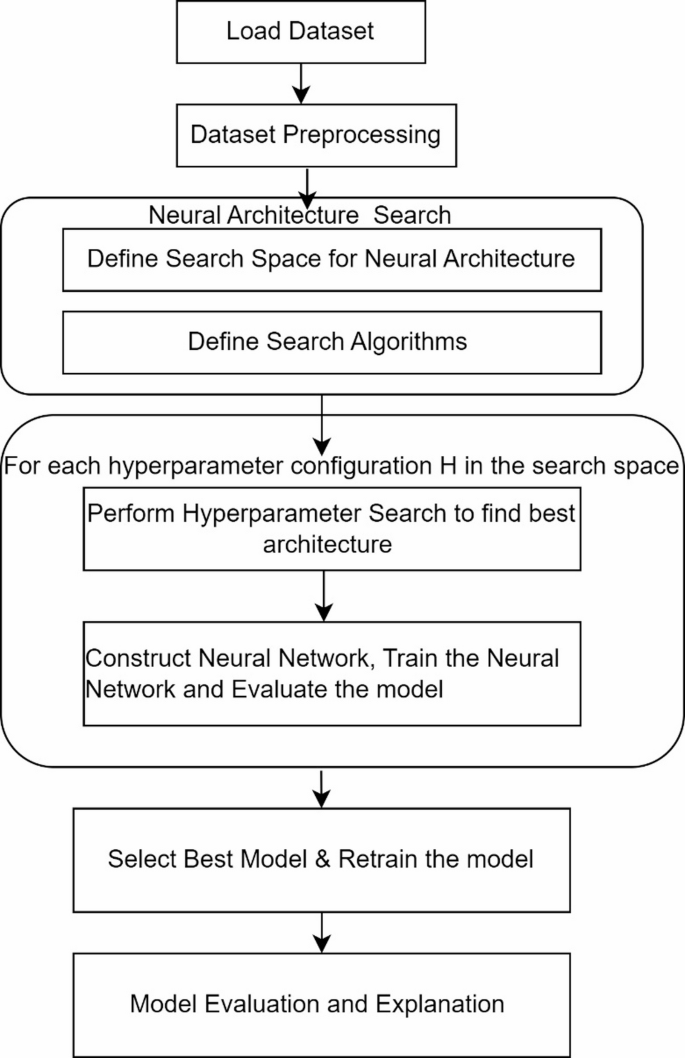Report on Microplastic Contamination in Adirondack Headwaters and Implications for Sustainable Development Goals
Executive Summary
A recent study conducted by the non-profit Adirondack Hamlets to Huts and Evergreen Business Analytics reveals significant microplastic contamination in the headwaters of the Hudson River watershed, located within the Adirondack High Peaks Wilderness. The findings indicate that recreational foot traffic is a primary contributor to this pollution, posing a direct challenge to the achievement of several United Nations Sustainable Development Goals (SDGs), particularly those concerning clean water, ecosystem preservation, and responsible consumption.
Methodology and Key Findings
In July, a citizen science initiative collected water samples from two high-altitude water bodies near Mount Marcy: Lake Tear of the Clouds, which is accessible via a heavily used trail network, and Moss Pond, a remote site reachable only by bushwhacking. Laboratory analysis of these samples yielded critical data points:
- Microplastic levels in the accessible Lake Tear of the Clouds had nearly doubled since samples were last collected in 2023.
- Samples from the remote Moss Pond contained microplastic concentrations an order of magnitude lower than those found in Lake Tear.
This significant variance strongly suggests that atmospheric deposit alone cannot account for the contamination levels, pointing instead to localized pollution linked directly to human presence and activity.
Analysis of Contamination Sources
The study, led by data scientist Dr. Tim K. Keyes, identifies recreational equipment as the probable primary source of the microplastic pollution. The increased number of visitors to the Adirondack region is believed to be escalating the environmental impact.
Primary Sources Identified:
- Footwear Treadwear: The disintegration of soft-soled trail running shoes and hiking boots is considered a major contributor, analogous to how tire wear generates microplastics in urban environments.
- Synthetic Fibers: The shedding of microfibers from synthetic outdoor clothing and gear worn by hikers introduces plastic particles directly into the ecosystem.
Connection to Sustainable Development Goals (SDGs)
The study’s findings underscore the conflict between recreational land use and environmental preservation, highlighting threats to multiple SDGs.
- SDG 6: Clean Water and Sanitation: The contamination of the Hudson River’s highest sources directly compromises Target 6.3, which aims to improve water quality by reducing pollution. It also threatens Target 6.6, focused on protecting and restoring water-related ecosystems.
- SDG 12: Responsible Consumption and Production: The pollution originates from consumer goods (footwear and apparel). This points to a need for more sustainable production patterns and responsible consumer choices, in line with Target 12.2 (sustainable management of natural resources) and Target 12.5 (reduction of waste generation).
- SDG 14: Life Below Water & SDG 15: Life on Land: Microplastics introduced in these headwaters are transported downstream, eventually contributing to marine pollution (Target 14.1). The degradation of a pristine wilderness habitat directly contravenes the objectives of SDG 15, which calls for the conservation of terrestrial and inland freshwater ecosystems (Target 15.1).
- SDG 4: Quality Education & SDG 17: Partnerships for the Goals: The project itself serves as a model for achieving the SDGs. As a citizen science initiative involving students and teachers, it promotes environmental education (Target 4.7). The collaboration between a non-profit and a private business exemplifies the multi-stakeholder partnerships essential for sustainable development (Target 17.17).
Recommendations for Mitigation and Sustainable Action
To address this environmental challenge and align recreational activities with the SDGs, Adirondack Hamlets to Huts and its partners recommend the following preventive measures for consumers and the outdoor industry:
- Promote the use of natural fiber clothing and footwear with durable, hard rubber treads to minimize material degradation and shedding.
- Advise that synthetic clothing be used as base layers, covered by no- or low-shed outermost layers to contain fiber loss.
- Encourage regular monitoring of shoe tread wear and replacement with more durable and sustainable options.
- Reinforce strict adherence to “Leave No Trace” principles to ensure all materials brought into wilderness areas are carried out.
- Increase awareness and education about microplastic pollution through outdoor clubs, community organizations, and gear retailers.
Analysis of the Article in Relation to Sustainable Development Goals
1. Which SDGs are addressed or connected to the issues highlighted in the article?
- SDG 6: Clean Water and Sanitation: The core of the article is the contamination of freshwater sources (Lake Tear of the Clouds, Moss Pond, and the Hudson River watershed) with microplastics, directly addressing the goal of ensuring the availability and sustainable management of water.
- SDG 12: Responsible Consumption and Production: The article identifies the sources of microplastics as consumer products, specifically “soft-soled trail running shoes” and “synthetic fibers from outdoor clothing and gear.” It also recommends changes in consumer behavior, such as using natural fiber clothing and durable footwear, which relates to sustainable consumption patterns.
- SDG 14: Life Below Water: Although the study focuses on freshwater bodies, these are the headwaters of the Hudson River, which ultimately flows into the Atlantic Ocean. Pollution from land-based activities, like microplastics from hiking, contributes to marine pollution, a key concern of SDG 14.
- SDG 15: Life on Land: The pollution is occurring in the Adirondack High Peaks Wilderness, a terrestrial ecosystem. The article notes that microplastics can have harmful effects on animals, such as “stunted growth and reduced reproductive ability,” which directly impacts the goal of protecting terrestrial ecosystems and halting biodiversity loss.
- SDG 4: Quality Education: The article highlights the role of education and awareness. The study itself was a “citizen science initiative that included students and teachers,” and one of the recommended preventive measures is to “spread the word about microplastics.” This connects to education for sustainable development.
2. What specific targets under those SDGs can be identified based on the article’s content?
- Target 6.3: “By 2030, improve water quality by reducing pollution…” The study’s focus on identifying and measuring microplastic pollution in water bodies is a direct effort to understand and ultimately reduce this form of pollution to improve water quality.
- Target 6.6: “By 2020, protect and restore water-related ecosystems, including mountains, forests, wetlands, rivers, aquifers and lakes.” The research is conducted in a mountain ecosystem, specifically focusing on the health of high-altitude lakes and the headwaters of a major river, which are critical water-related ecosystems.
- Target 12.5: “By 2030, substantially reduce waste generation through prevention, reduction…” The microplastics from shoe treads and clothing are a form of waste generated through wear and tear. The recommendation to use more durable products is a strategy for waste prevention and reduction at the source.
- Target 12.8: “By 2030, ensure that people everywhere have the relevant information and awareness for sustainable development and lifestyles in harmony with nature.” The article itself, the citizen science projects, and the recommendation to educate others in outdoor clubs and gear retailers directly contribute to raising awareness for more sustainable lifestyles.
- Target 14.1: “By 2025, prevent and significantly reduce marine pollution of all kinds, in particular from land-based activities…” The microplastic pollution originating from hiking in the Adirondacks is a clear example of pollution from a land-based activity that contaminates a watershed flowing to the ocean.
- Target 15.1: “By 2020, ensure the conservation, restoration and sustainable use of terrestrial and inland freshwater ecosystems…” The article underscores the threat of human impact on “remote and iconic headwaters” and a wilderness area, highlighting the need to conserve these inland freshwater ecosystems.
- Target 4.7: “By 2030, ensure that all learners acquire the knowledge and skills needed to promote sustainable development…” The involvement of students and teachers in the water sample collection expeditions is a practical application of education for sustainable development, providing hands-on learning about environmental issues.
3. Are there any indicators mentioned or implied in the article that can be used to measure progress towards the identified targets?
- Levels of microplastic concentration in water: The article provides specific data points that serve as direct indicators of water quality. It states that “microplastic levels had nearly doubled in Lake Tear since volunteers last collected samples in 2023” and that “samples from Moss Pond were an order of magnitude lower than those in Lake Tear.” This quantitative data can be used to track the extent of pollution (relevant to Target 6.3).
- Number of people educated on sustainable practices: The article mentions that “Summit Stewards educated almost 32,000 hikers in 2024.” This number serves as an indicator for measuring the reach of awareness and education campaigns (relevant to Target 12.8 and 4.7).
- Number of citizen science participants: The article implies an indicator by mentioning that the expeditions were “citizen science initiatives that included students and teachers.” Tracking the number of participants in such programs can measure engagement in education for sustainable development.
- Volume of visitor traffic: The article notes that the “number of visitors to the Adirondack region spiked” and the “number of 46ers… has more than doubled since 2013.” These figures act as proxy indicators for the level of human pressure on the ecosystem, which is a key factor in the generation of microplastic pollution (relevant to Target 15.1).
4. Table of SDGs, Targets, and Indicators
| SDGs | Targets | Indicators |
|---|---|---|
| SDG 6: Clean Water and Sanitation | 6.3: Improve water quality by reducing pollution. | Measured concentration of microplastics in water samples from Lake Tear of the Clouds and Moss Pond. |
| SDG 12: Responsible Consumption and Production | 12.8: Ensure people have relevant information and awareness for sustainable lifestyles. | Number of hikers (32,000 in 2024) educated by Summit Stewards. |
| SDG 14: Life Below Water | 14.1: Prevent and reduce marine pollution from land-based activities. | Presence of microplastics (from clothing and shoe treads) in the headwaters of the Hudson River watershed. |
| SDG 15: Life on Land | 15.1: Ensure the conservation of terrestrial and inland freshwater ecosystems. | Increase in the number of visitors and hikers, indicating rising human pressure on the Adirondack High Peaks Wilderness. |
| SDG 4: Quality Education | 4.7: Ensure all learners acquire knowledge and skills to promote sustainable development. | Involvement of students and teachers in citizen science initiatives to collect water samples. |
Source: syracuse.com






